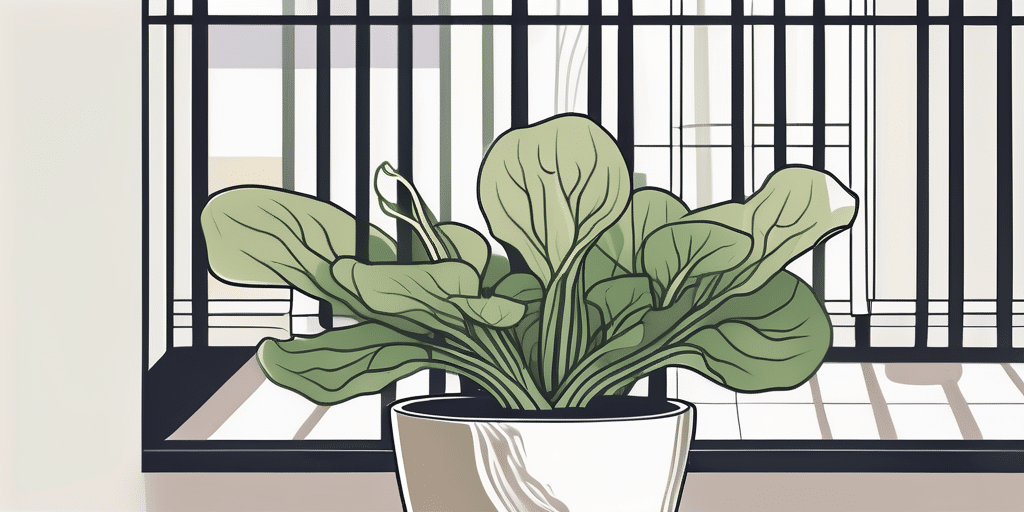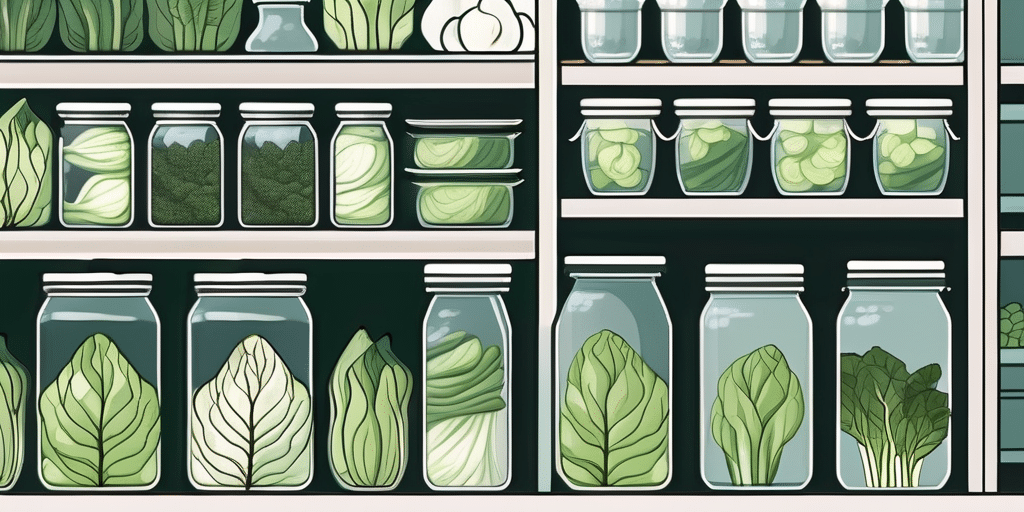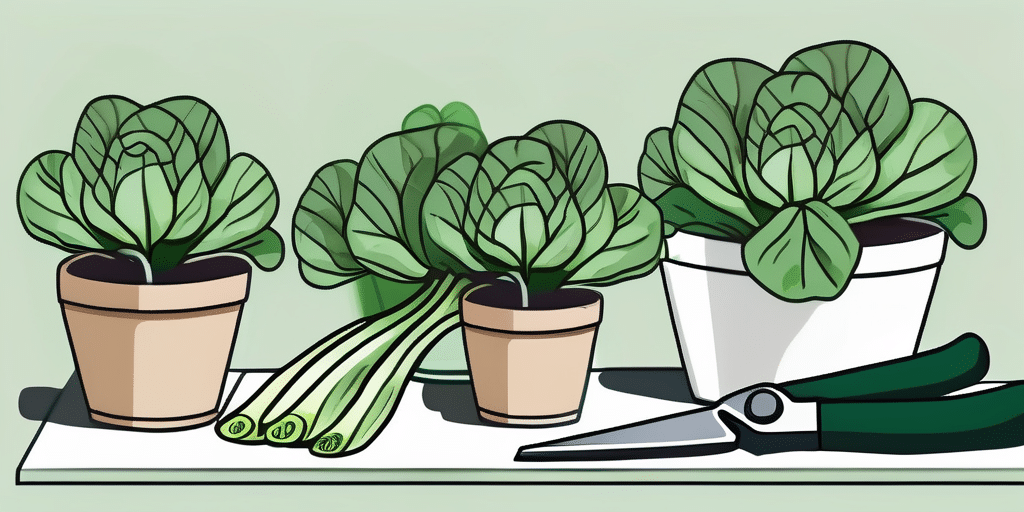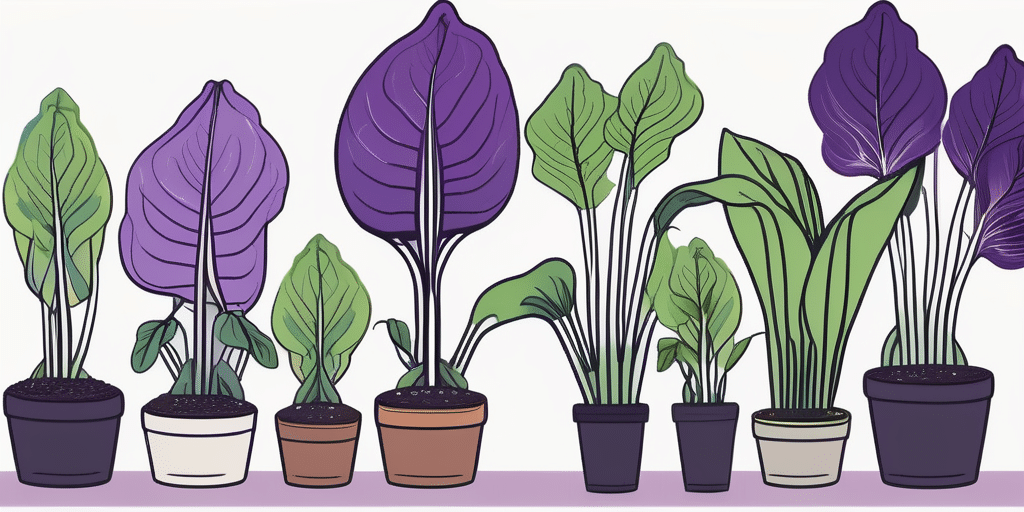Are you interested in growing bok choy in zones 9a and 9b? This nutritious and versatile vegetable is a great addition to any garden. In this article, we will guide you through the process of planting and growing bok choy in these specific zones. Let’s get started!
Best Bok Choy Varieties for Zones 9a and 9b
Before we dive into the details of growing bok choy, let’s take a look at some of the best varieties for zones 9a and 9b. These varieties have shown excellent performance in these specific climates:
- Shanghai Green
- Pak Choi
- Tatsoi
These varieties are known for their heat tolerance and resistance to bolting, making them ideal choices for zones 9a and 9b.
Shanghai Green is a popular bok choy variety that thrives in warm climates, such as zones 9a and 9b. This variety produces dark green, glossy leaves with crunchy stems, perfect for stir-fries and salads. Its ability to withstand high temperatures without bolting makes it a favorite among gardeners in these regions.
Pak Choi, also known as Bok Choy, is another excellent choice for zones 9a and 9b. This variety has a mild flavor and tender texture, making it a versatile ingredient in various dishes. Pak Choi’s quick growth and resistance to bolting ensure a continuous harvest throughout the growing season, providing a fresh supply of nutritious greens.
Growing Bok Choy in Zones 9a and 9b
Now let’s talk about how to grow bok choy in these zones. Follow these steps to ensure a successful harvest:
- Choose the right location: Bok choy grows best in a location that receives full sun to partial shade. Ensure that the soil is well-drained and rich in organic matter.
- Prepare the soil: Before planting, amend the soil with compost or well-rotted manure to improve its fertility and drainage.
- Start seeds indoors: For a head start, you can start bok choy seeds indoors 4-6 weeks before the last frost date. Use seed-starting trays filled with a seed-starting mix and keep the soil moist.
- Transplant outdoors: Once the seedlings have reached a height of 2-3 inches, they can be transplanted outdoors. Space the plants 6-8 inches apart in rows that are 12-18 inches apart.
- Provide adequate water: Bok choy requires consistent moisture to ensure proper growth. Water the plants regularly, aiming to keep the soil evenly moist.
- Apply mulch: Mulching around the plants can help conserve moisture and suppress weed growth.
- Fertilize appropriately: Bok choy benefits from regular fertilization. Apply a balanced fertilizer according to package instructions, typically every 4-6 weeks.
- Control pests: Watch out for common pests such as aphids, cabbage worms, and slugs. Use organic pest control methods or consult with your local agricultural extension for recommendations.
- Harvest the bok choy: Bok choy is usually ready for harvest 45-60 days after transplanting. Harvest the outer leaves first, leaving the inner leaves to continue growing for a later harvest.
Now, let’s dive deeper into the process of starting bok choy seeds indoors. When starting seeds indoors, it’s important to provide the right conditions for germination. Bok choy seeds prefer a temperature range of 60-70°F (15-21°C) for optimal growth. You can use a seed-starting heat mat to maintain a consistent temperature if needed.
Additionally, it’s crucial to ensure adequate lighting for the seedlings. Bok choy requires at least 12-14 hours of bright light each day to develop strong and healthy plants. If you don’t have access to natural sunlight, you can use fluorescent lights or LED grow lights to provide the necessary light intensity.
When transplanting the seedlings outdoors, it’s essential to harden them off gradually. This process involves exposing the seedlings to outdoor conditions gradually over a period of 7-10 days. Start by placing them in a sheltered location for a few hours each day, gradually increasing the exposure time. This helps the seedlings acclimate to the outdoor environment and reduces the risk of transplant shock.
Remember to monitor the moisture levels in the soil regularly, especially during hot and dry periods. Bok choy plants are sensitive to drought stress, so it’s important to water them deeply and consistently. Avoid overhead watering, as it can lead to the development of fungal diseases. Instead, use a soaker hose or drip irrigation system to deliver water directly to the base of the plants.
By following these additional tips and tricks, you’ll be well on your way to growing bok choy successfully in zones 9a and 9b. Enjoy the process and the delicious, nutritious bok choy that awaits you!
Climate & Hardiness in Zones 9a and 9b
Understanding the climate and hardiness of your planting zone is crucial for successful bok choy cultivation. In zones 9a and 9b, the climate is characterized by mild winters and hot, humid summers. Bok choy thrives in these conditions, as it appreciates cooler temperatures for optimal growth.
When to Plant Bok Choy in Zones 9a and 9b
Knowing the appropriate planting time is essential for a thriving bok choy crop. In zones 9a and 9b, you can plant bok choy in two seasons:
- Fall: Plant bok choy seeds or seedlings in late summer or early fall, around 6-8 weeks before the first expected frost date. This allows the plants to establish before the cooler temperatures.
- Spring: Start seeds indoors 4-6 weeks before the last frost date and transplant them outdoors when the soil has warmed up. Alternatively, you can directly sow seeds in the spring when the soil is workable.
By timing your plantings correctly, you can ensure a continuous harvest throughout the year.
When to Harvest or Pick Bok Choy in Zones 9a and 9b
The timing of the harvest is crucial to get the best flavor and texture from your bok choy. Here are some tips on when to pick your bok choy in zones 9a and 9b:
- Size: Bok choy can be harvested at any stage, depending on your preference. For baby bok choy, harvest when the plant is around 4-6 inches tall. For full-sized heads, wait until they reach 10-12 inches in height.
- Time: Typically, bok choy is ready to harvest 45-60 days after transplanting or 50-70 days after seeding. Monitor the growth of your plants and harvest when they reach the desired size.
Remember, fresher is always better! Enjoy your delicious homegrown bok choy in various culinary creations.
Frequently Asked Questions
Here are some commonly asked questions about growing bok choy in zones 9a and 9b:
- Can bok choy tolerate heat? Yes, certain bok choy varieties, such as Shanghai Green and Pak Choi, are heat-tolerant and well-suited for zones 9a and 9b.
- How often should I water my bok choy? Bok choy requires consistent moisture, so aim to water it regularly, keeping the soil evenly moist. Provide approximately 1 inch of water per week, either through rainfall or irrigation.
- What are some common pests and diseases that affect bok choy? Common pests include aphids, cabbage worms, and slugs. Diseases such as clubroot and powdery mildew can also affect bok choy. Practice good garden hygiene, monitor for pests, and consult with your local agricultural extension for appropriate pest control methods.
With the right knowledge and a bit of care, you can enjoy a bountiful harvest of bok choy in zones 9a and 9b. Happy gardening!
Join Our Green Thumb Community!
Ready to turn your bok choy aspirations into a lush, leafy reality? Subscribe for free to How to Grow Everything and learn how to build the garden of your dreams! Receive personalized gardening advice tailored to your zone 9a or 9b location, experience level, and interests. We’re here to help you grow not just bok choy, but everything your heart desires—without the spam, just the best gardening tips and special offers. Join our family of garden enthusiasts and make the most of our 100% free resources. Happy gardening!






